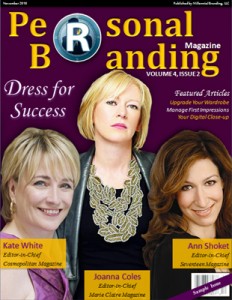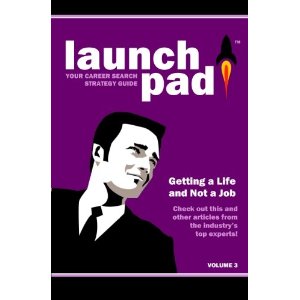
Storytelling may seem like a topic more appropriate for preschoolers than job seekers, but the most astute and successful job seekers understand how important it is to be able to articulate an interesting and compelling story detailing their work history and accomplishments. Do not underestimate the importance of outlining your background and describing it effectively. Hiring managers want to read your story, and they want you to prove you are a good fit for the job. It’s important to note: the story you tell should focus more on the skills and information the employer wants to see and less on information that you assume is most important. Tell your story in a way that makes it clear that you are a good fit for the position.
Identify Your Relevant Skills
The first step to a great career story is to outline your best skills and accomplishments. What do you want people to know about your work history? How can you explain what you have done in your past in a way that convinces your target employer to want to hire you? You need to understand what you offer before you can decide how to market yourself. Think about examples of times when you navigated problems and challenges at work and when you delivered measurable results.
One easy way to help you decide on a focus for your story is to study the job descriptions that interest you. Highlight everything in the job description that relates to your background and experience. Use the highlighted information to help you decide what parts of your story will interest the employer.
Mold Your Stories
With a list of skills and accomplishments that interest the employer, you can begin to outline your career story for each part of your job search.
Networking. Share your story in person and online. Showcase your best skills in your LinkedIn profile. Use the LinkedIn About section to feature a conversational bio demonstrating what you do and why you are good at it. You can use the first person (I, me or my) in the summary to speak directly to readers via LinkedIn. For example, if you are in customer service, you may say, “Growing up, I helped all of my friends solve their problems. Today, I do it for a living.”
‘ When you meet in person, remember to tell your story succinctly and directly. No one is interested in long, drawn-out tales about your skills and background. Narrow your story to about 30-40 words at the most.
In your resume. All of your bullet points should focus on your career story. Include important information about how you solved problems by using the PAR method; include details about the problem, the action you took, and the results you created. Focus extensively on the job description and incorporate keywords that match the employee’s needs when you explain why you are a good match.
In the interview. Prepare for interviews by identifying several stories that will address typical interview questions. Ultimately, the big question you must answer is: Why are you the right person for the job? Use the PAR approach when you prepare so you will be able to discuss problems you solved, explain how (what actions you took) and discuss results you accomplished during the interview. Spend the majority of your time explaining how you overcame the problem and the rest of your time detailing the results of your efforts. Ideally, you will mention the long-term impact you had on your organization. For example, “One year later, the office is still following the protocols I instituted.”
Remember, in all cases, be brief, focus on results, address the items the employer wants to know and practice your stories so you are able to flexibly adjust based on the situation and question. Once you identify the stories to tell, you will be well on your way to job search success!




